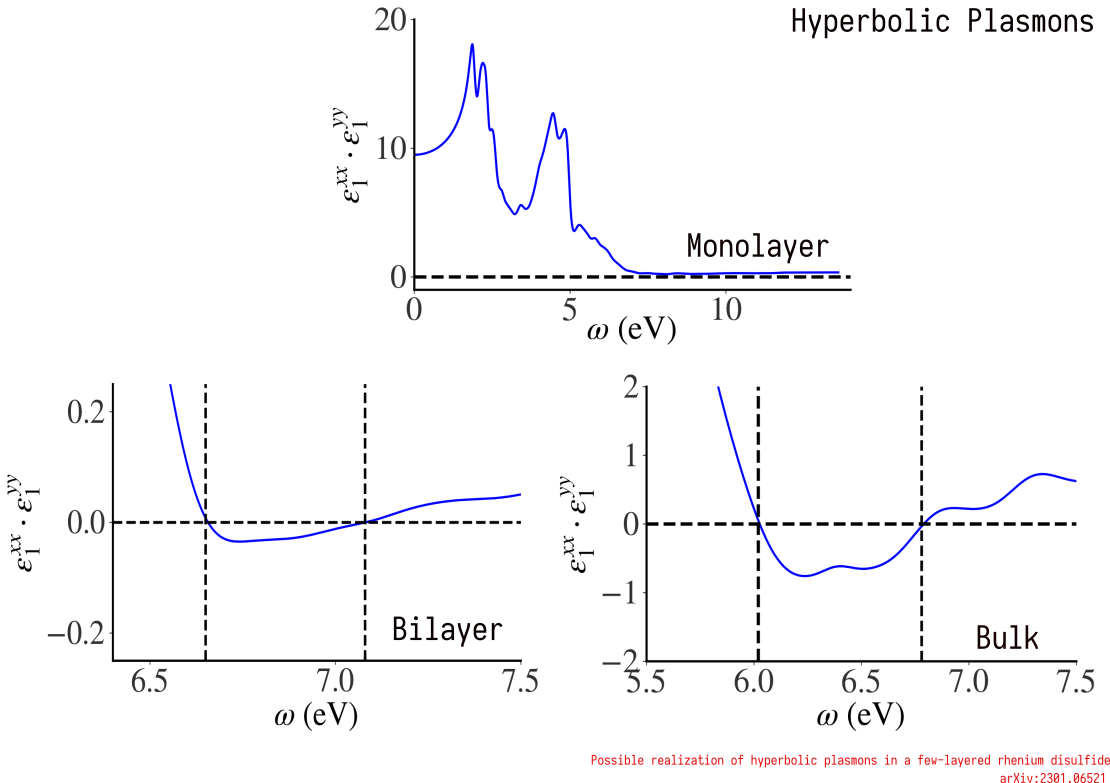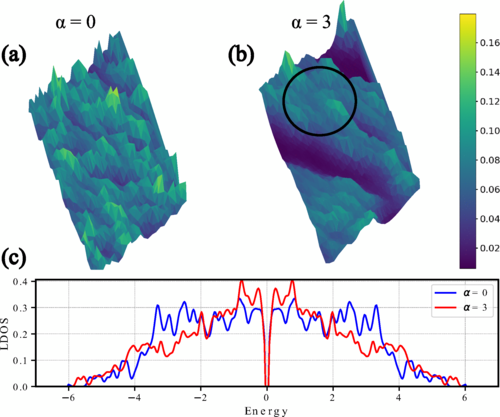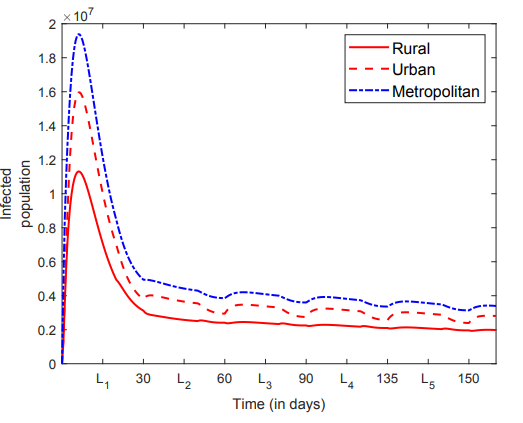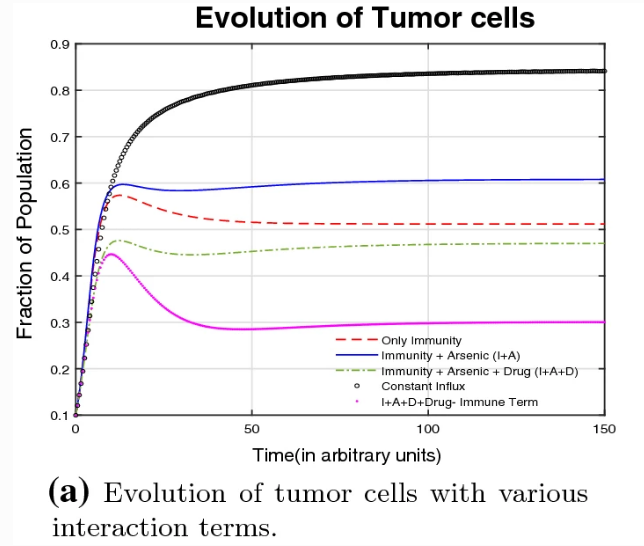Selected Works
Possible realization of hyperbolic plasmons in a few-layered rhenium disulfide

R. Kiran, Dimitar Pashov, Mark van Schilfgaarde, Mikhail I. Katsnelson, A. Taraphder, and Swagata Acharya
Condens. Matter 2025, 10(3), 40
[📄 Article] · [🧠 arXiv]
This study explores anisotropic optical behavior in few-layer rhenium disulfide (ReS₂).
The intrinsic in-plane structural anisotropy allows the coexistence of metallic and dielectric responses along orthogonal directions, leading to hyperbolic plasmon modes. We demonstrate that ReS₂ naturally supports these plasmons in the ultraviolet frequency range, and that the tunability of this regime depends on the number of layers, opening pathways for hyperbolic photonics applications.
Effect of correlated disorder on superconductivity in a kagome lattice: A Bogoliubov–de Gennes analysis

R. Kiran, Sudipta Biswas, and Monodeep Chakraborty
Physical Review B, 110, 184506 (2024)
[📄 Article] · [🔗 ResearchGate]
This paper investigates the superconducting properties of a two-dimensional s-wave superconductor on a kagome lattice subjected to correlated disorder. Using the Bogoliubov–de Gennes (BdG) formalism, we analyze how disorder correlations affect the superconducting order parameter and derive the corresponding superfluid stiffness.
A key finding is the bimodal distribution of the pairing amplitude at strong correlation strengths, revealing how spatially correlated disorder reshapes superconducting behavior and highlights the crucial role of lattice geometry.
Population migration and COVID-19

R. Kiran, Madhumita Roy, Syed Abbas, and A. Taraphder
Nonautonomous Dynamics and Systems, 8, 251–266 (2021)
[📄 Article] · [🧠 arXiv]
This work models population migration and its impact on the spread of infectious diseases during and after punctuated lockdowns.
The model describes multi-city migration, computes the basic reproduction number, and examines how migration rates influence outbreak dynamics. Repeated lockdown cycles produce damped oscillatory infection patterns, offering insights into optimizing lockdown timing and intensity.
Immunomodulatory role of black tea in the mitigation of cancer induced by inorganic arsenic

R. Kiran, Swati Tyagi, Syed Abbas, Madhumita Roy, and A. Taraphder
European Physical Journal Plus, 135, 735 (2020)
[📄 Article] · [🧠 arXiv]
We propose a mathematical model analyzing tumor and normal cell dynamics under the influence of inorganic arsenic and an immunomodulator (black tea).
The study shows that incorporating a variable immune-cell influx offers significant improvement over constant models—reducing tumor populations while maintaining healthy cell levels. Analytical stability analysis and numerical simulations reveal how immune modulation can mitigate cancer growth without chemotherapeutic side effects.
